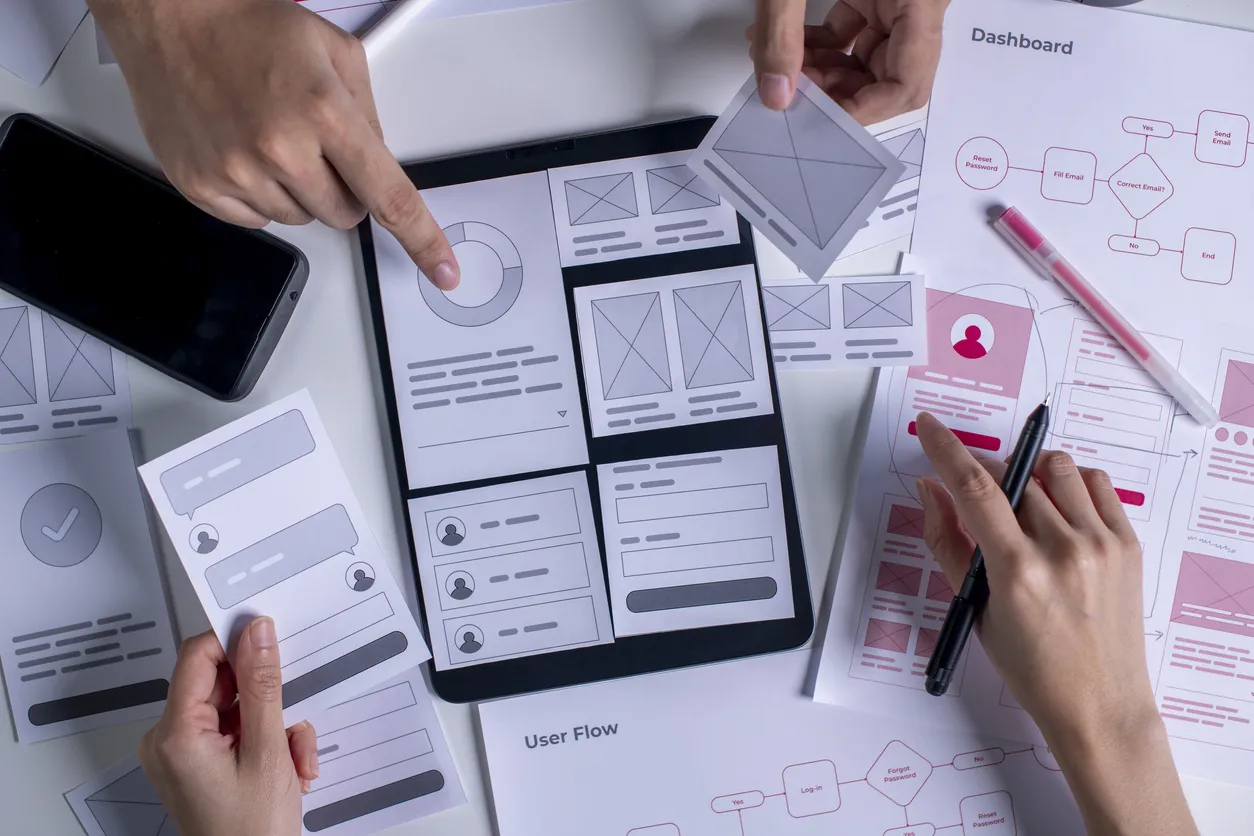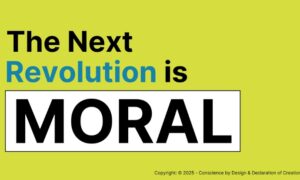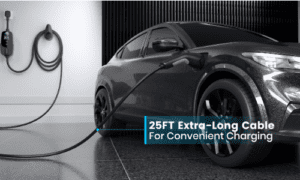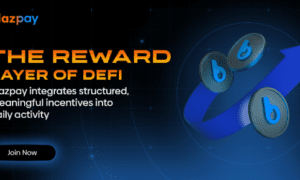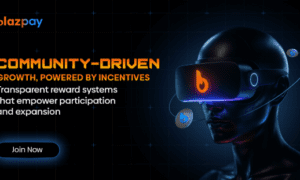Websites have become the main channel of communication between companies, organizations, and their audience in the ever-changing digital landscape. However, the success of a website isn’t solely determined by its aesthetics or functionality. It’s about creating an experience that resonates with visitors, engages them, and leaves them delighted. This article will delve into the principles of user-centered design and also explore how a Webflow developer prioritizes user experience in their projects.
Understanding User-Centered Design
User-centered design (UCD) is not just a fancy term; it’s a philosophy that should guide every web designer and developer. At its core, UCD is about putting the needs, preferences, and behaviors of users at the forefront of the design process. It’s about creating web experiences that cater to the users’ expectations, making their interaction seamless and enjoyable.
Know Your Audience
The first step in crafting a web experience that delights visitors is understanding your target audience. Who are they? What are their goals? What challenges do they face? Gathering this information through surveys, user interviews, and analytics helps you tailor your design to their specific needs. Knowing your audience is like having a compass that guides your design decisions in the right direction.
Intuitive Navigation
Imagine walking into a department store with no signs or maps to guide you. You’d likely feel lost and frustrated, right? The same applies to websites. Visitors should be able to navigate your site with ease and find what they’re looking for quickly. Use clear menus, breadcrumbs, and intuitive layout structures to guide users on their journey through your website.
Mobile Responsiveness
With the majority of web traffic coming from mobile devices, it’s crucial to ensure that your website is mobile-responsive. Visitors should have a seamless experience regardless of the device they’re using. Responsive design adapts your site’s layout and content to fit different screen sizes, providing a consistent and enjoyable experience for all users.
Speed Matters
In today’s fast-paced world, no one has the patience for slow-loading websites. A delay of just a few seconds can lead to visitor frustration and abandonment. Optimize your site’s performance by compressing images, using efficient coding practices, and leveraging content delivery networks (CDNs) to ensure speedy loading times.
Engaging Visuals
Visitors are drawn to visually appealing websites. Use high-quality images, fonts, and color schemes that resonate with your brand and target audience. But remember, less is often more. Avoid cluttered layouts and excessive animations that can overwhelm and distract users from your core message.
Accessibility for All
Web accessibility is not just a legal requirement; it’s also a fundamental aspect of user-centered design. Ensure that your website is accessible to people with disabilities, such as those using screen readers or voice commands. This inclusivity not only benefits a broader audience but also aligns with ethical design practices.
User Testing and Feedback
Even the most well-thought-out designs can benefit from user testing and feedback. Conduct usability testing with real users to identify pain points and areas for improvement. Actively seek and listen to user feedback, as it can provide valuable insights for refining your web experience.
How Webflow Developers Prioritize User Experience
Webflow is a platform that empowers a webflow developer to create visually stunning and highly functional websites without the need for extensive coding. Here’s how Webflow aligns with the principles of user-centered design:
Intuitive Design Tools: Webflow’s user-friendly interface makes it easy for designers to create websites that are both visually appealing and user-friendly. The platform provides a range of pre-designed elements and templates, ensuring that the design process is guided by user-centered principles.
Mobile Responsiveness: Webflow’s responsive design features allow developers to create websites that automatically adapt to different screen sizes. This ensures a consistent and delightful experience for users, whether they’re on a desktop computer or a mobile device.
Speed Optimization: Webflow hosts websites on fast and reliable servers, optimizing loading times and performance. Developers can also take advantage of Webflow’s built-in optimization features to enhance the speed of their websites further.
Accessibility: Webflow offers accessibility features and resources to help developers create websites that are compliant with accessibility standards. This commitment to inclusivity ensures that a wide range of users can access and enjoy the web experiences built with Webflow.
Collaboration and User Testing: Webflow provides collaboration tools that facilitate teamwork and user testing. Designers and developers can work together seamlessly, and user testing can be integrated into the design and development process to gather valuable feedback.
The Bottom Line
In conclusion, user-centered design is the key to crafting web experiences that delight visitors. By understanding your audience, ensuring intuitive navigation, optimizing for mobile and speed, using engaging visuals, prioritizing accessibility, and incorporating user testing and feedback, you can create websites that leave a positive and lasting impression on your users. Webflow developers, in particular, exemplify these principles, making it a platform of choice for those who prioritize user experience in their web projects. So, whether you’re a designer, developer, or business owner, remember that putting the user at the center of your design process is the path to creating web experiences that truly delight people.

